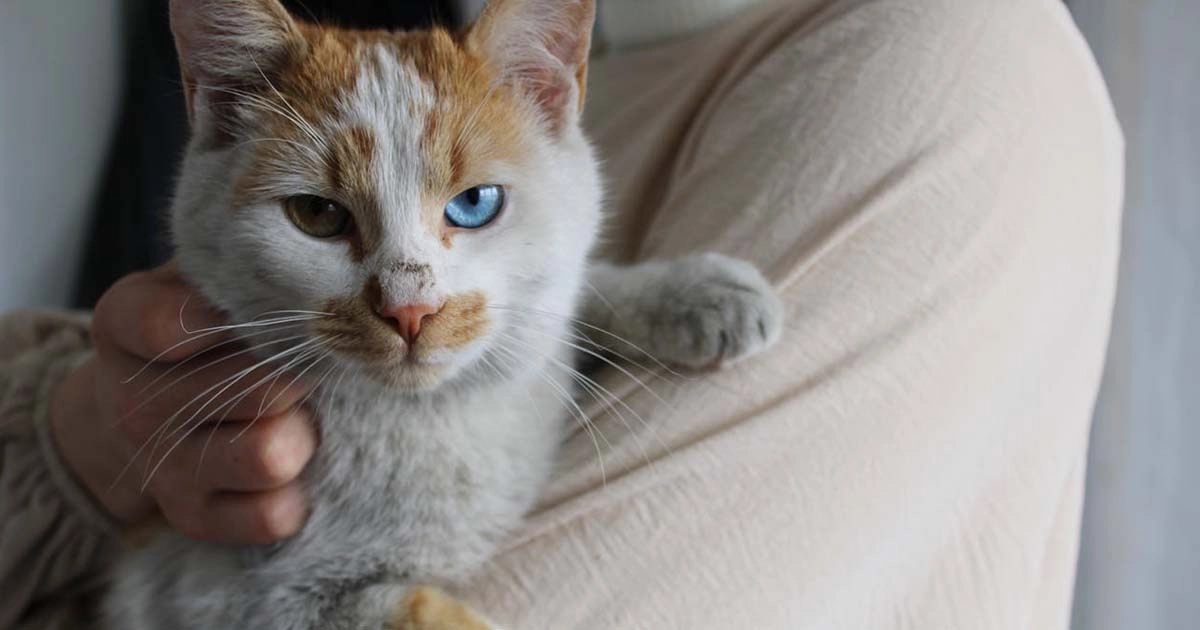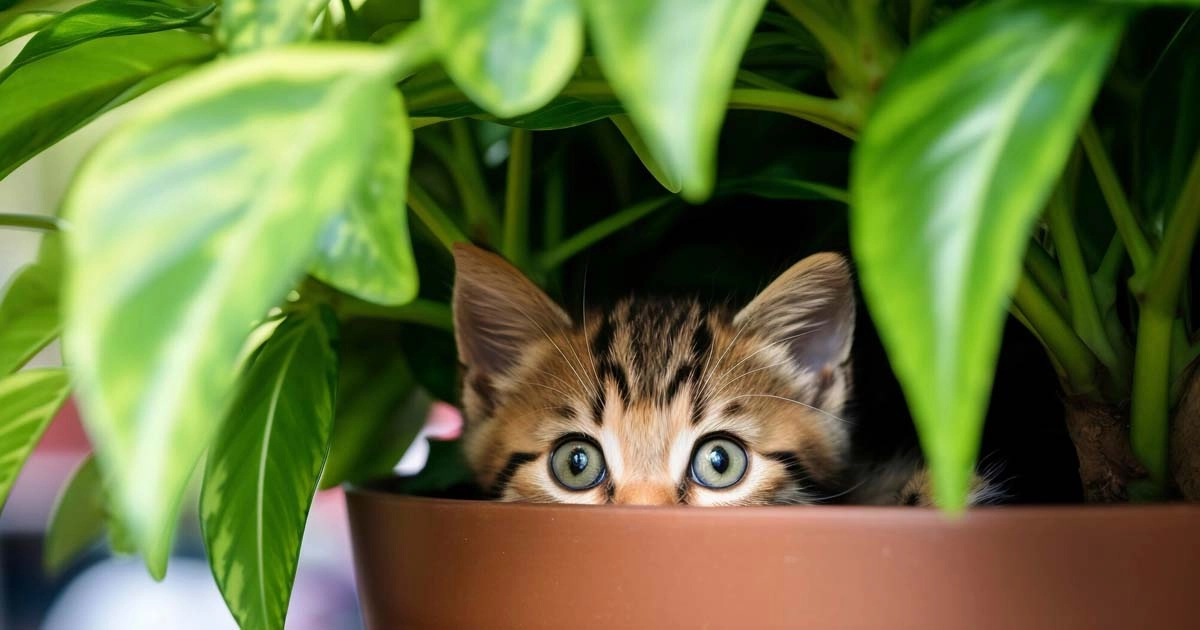Diabetes in cats: Innovative treatments and hope for remission

Cat
05/01/2025

Diabetes mellitus is now one of the most common diseases among cats, concerning the health and quality of their lives. Awareness among owners and advances in veterinary medicine have made managing feline diabetes much easier, and even remission is possible in some cases. This mybestie.gr article shall update treatments available for feline diabetes and what an owner can do to help their feline friend on the road to remission.
Table of contents
What is feline diabetes?
Feline diabetes is a metabolic disorder that results from the inability of the cat's body to produce or properly utilize insulin, the hormone that regulates blood sugar levels. There are two types of diabetes in cats:
- Type I diabetes: This is a rare form in which the body is unable to produce insulin.
- Type II diabetes: The most common type among cats, wherein the body either produces inadequate amounts of insulin or becomes resistant to insulin.
General signs include excessive thirst, urination increase, weight loss despite increased appetite, and lethargy. This can be prevented against complications such as nerve damage, kidney problems, or severe infection if diagnosed earlier.
New feline diabetes treatments
1. Insulin therapy
Insulin remains the cornerstone of feline diabetes mellitus treatment. Modern veterinary medicine now offers enhanced insulin formulations, such as Glargine (Lantus) and Detemir (Levemir), which provide longer-acting glucose control and reduce the risk of blood sugar fluctuations.
2. Continuous glucose monitoring systems (CGMS)
Technological advancements have introduced Continuous Glucose Monitoring Systems (CGMS) for cats, allowing pet owners and veterinarians to monitor glucose levels in real-time. Devices like the Freestyle Libre offer valuable insights into glucose patterns without frequent blood draws.
3. Dietary management
Diet also plays a very important role in managing feline diabetes. High-protein, low-carbohydrate diets increase insulin sensitivity and reduce peaks in glucose. Prescription diets, such as Royal Canin Diabetic or Hill's Prescription Diet m/d, are universally recommended.
4. Oral hypoglycemic drugs
Though still primarily treated with insulin, some cases may allow for the use of oral medications, such as Glipizide, to help manage blood sugar.
5. Emerging therapies and research
Researchers continue to investigate newer modalities of treatment, including stem cell therapy and gene therapy, for enhancing the insulin-producing capacity and glucose regulation in diabetic cats.
Achieving remission: Is it possible?
Feline diabetes remission occurs when a diabetic cat can maintain normal blood sugar levels without insulin therapy for an extended period. Several studies have shown that, if treated early and consistently, along with proper dietary management, the remission rate can be very high, at 50-70% or even higher in newly diagnosed cats.
Key factors for achieving remission:
- Early diagnosis and intervention
- Strict adherence to insulin therapy
- High-protein, low-carb diet
- Weight management
- Regular blood glucose monitoring
- Daily care for diabetic cats
Feline diabetes requires commitment for management, but is altogether manageable on a routine basis:
- Insulin injections at the same time daily
- Feeding of measured meals at times that are similarly consistent
- Observation of water intake and litter box habits
- Regular check-ups with your veterinarian
The role of the veterinarian-owner partnership
Treatment of diabetes is most successful with a close partnership between veterinarians and cat owners. Veterinarians provide the medical expertise, while owners are responsible for consistency in treatment and monitoring at home.
Feline diabetes is no longer an insurmountable challenge. With the advances in insulin therapies, glucose monitoring tools, and specialized diets, and also with treatments that are upcoming, cats with diabetes can lead a healthy and active life. In most cases, remission is a very realistic goal, which is a hope for scores of pet owners. Early detection, proper treatment, and devoted care are keys to keeping diabetes under control in cats and helping them thrive on their journey toward health.











